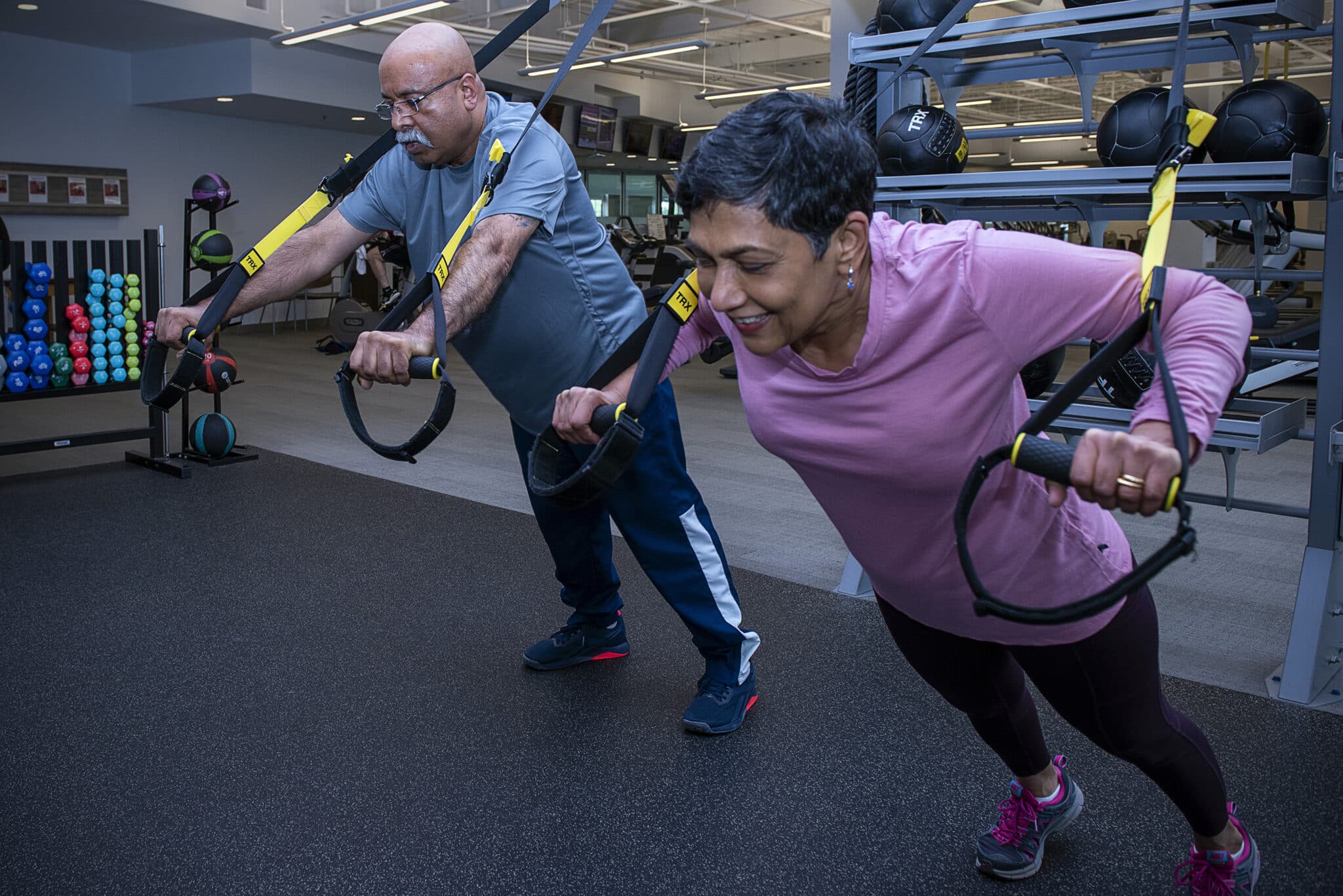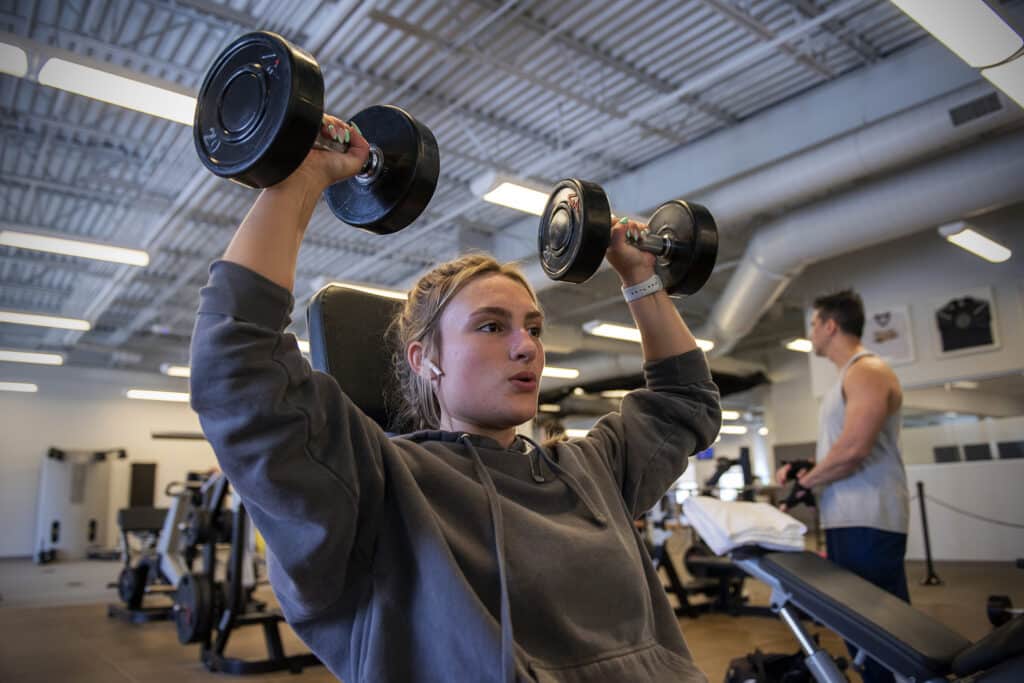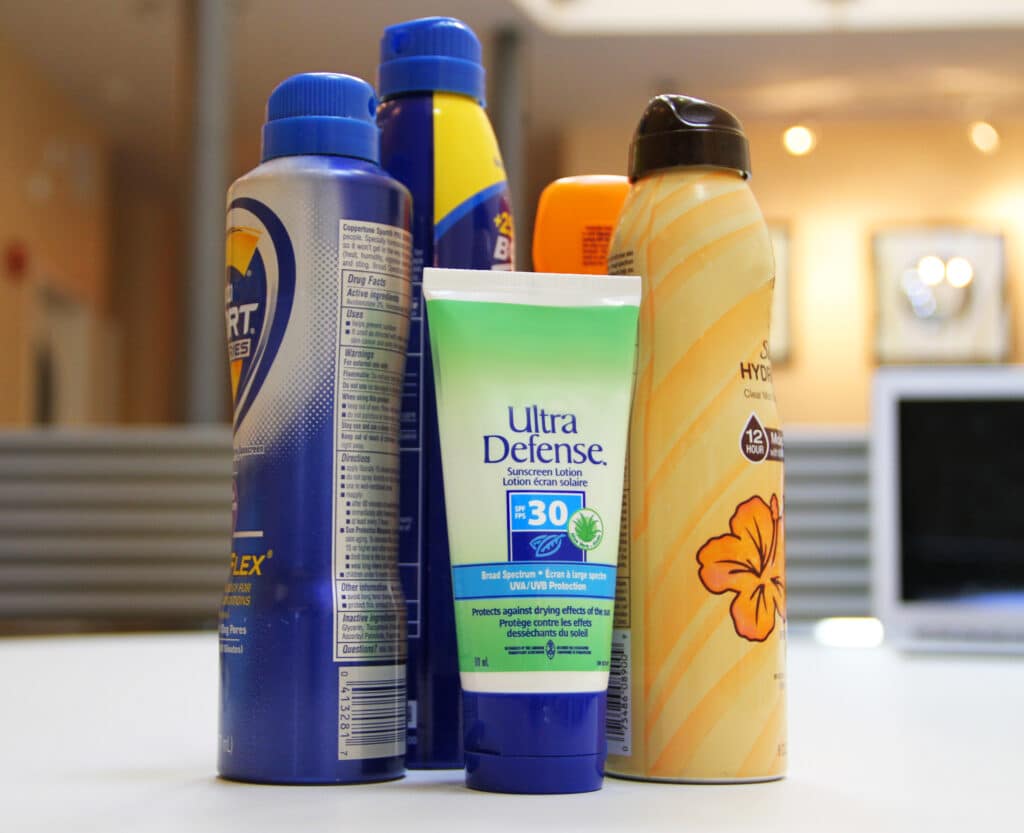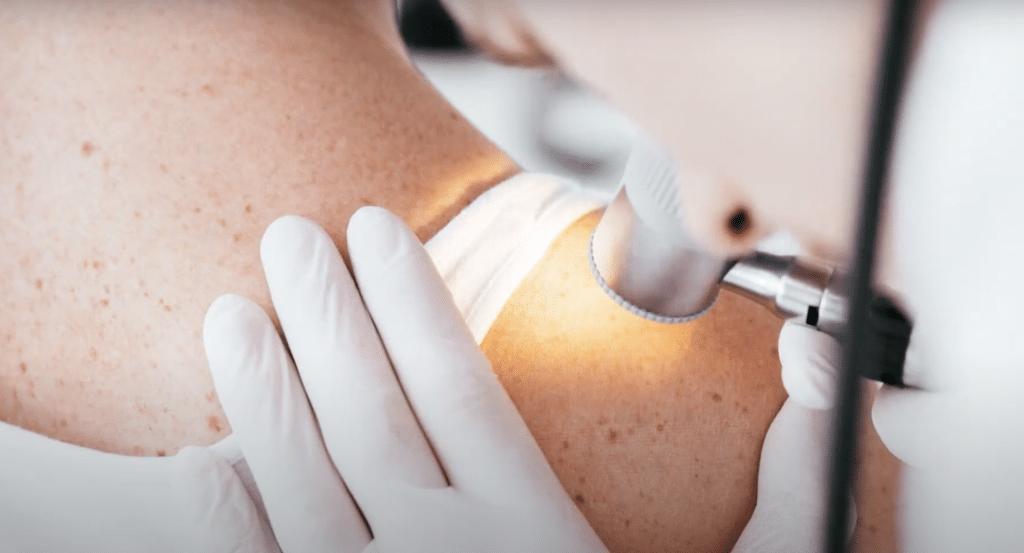Healthy Tips to Keep You on the Pickleball Court
| May 9, 2025

Healthy behaviors and routine cancer screenings can help you stay in the game this spring, and for many seasons to come.
Millions of people are diagnosed with cancer each year, but with the right lifestyle choices, and adherence to screening guidelines many can significantly reduce their risk. For those who do develop cancer, recommended screenings and regular doctor visits can lead to early detection. When followed up with expert cancer care, early-stage diagnoses often result in better outcomes and quality of life.
Here are some of the ways you can reduce your risk of cancer diagnosis and death, including diet, exercise genetic testing and more.
Exercise
“Exercise plays a crucial role in reducing the risk of several types of cancer,” OSUCCC – James behavioral scientist Roberto Benzo, PhD, says. “Physical activity is linked to lower risk of cancer, including breast, colon, endometrial, kidney, bladder, esophageal, and stomach cancers.
For pickleball players, the cardiovascular benefits of the sport also come with a boost of cancer-prevention perks.
“Cardiovascular exercise improves metabolic function and supports weight management, a key factor in reducing risk, particularly for hormone-related types like breast and endometrial cancers.” Benzo says. “Social engagement in sports like pickleball can improve mental health and reduce stress, which contribute to overall well-being and may indirectly lower cancer risk.”

Nutrition
Our eating habits significantly impact all aspects of health, including cancer risk.
“Think of food as medicine. What we eat should be enjoyable, but we should also eat in a healthy way to reduce the risk of cancer,” says Fred Tabung, PhD, a researcher at The Ohio State University Comprehensive Cancer Center – James Cancer Hospital and Solove Research Institute (OSUCCC – James).
Tabung and his colleagues recommend a largely plant-based diet to promote cancer prevention and overall health, though there is room for diverse food choices, including lean meats and other healthy proteins.
“It doesn’t have to be vegan or vegetarian — the goal is to fill the majority of your plate with fruits and vegetables and whole grains,” he says.
Stay safe in the sun
Skin cancer is the most common form of cancer in the U.S., but many of those cases could be prevented by following some simple sun safety tips, like using sunscreen and wearing protective clothing.
“Sun protection is all about reducing UV ray exposure, so it’s important to make sure you’re using sunscreen when outside and reapplying when needed, which can vary depending on the SPF,” OSUCCC – James oncologist Merve Hasanov, MD, says. “Remember that UV rays can also come through clouds, so skin protection is important no matter the weather.”

Know your family history
Not all cancers can be prevented through lifestyle choices, so learning about family health history is an important part of any prevention plan. Equipped with the right knowledge, patients can work with genetic counselors to identify and monitor risk factors, increasing the chances of cancer prevention for themselves and their families.
“When we think of family history in terms of cancer genetics and inherited genetic mutations, we think about a broad spectrum of relatives, more than just your parents and siblings,” says Leigha Senter, MS, CGC, a licensed genetic counselor at the OSUCCC – James. “We ask about grandparents, aunts, uncles and cousins, and that can inform us about how likely people are to have hereditary predispositions for cancer.”
Uncovering inherited genetic mutations leads to earlier and more frequent screenings that can detect cancer in its earliest and most treatable stages.
Cancer screenings save lives
Catching cancer at its earliest stages can dramatically increase the chances of survival, so recommended screenings are core components of comprehensive health.
OSUCCC – James experts specialize in screening tests for several types of cancer, including:
Breast cancer: Mammogram tech has improved dramatically over the years, currently utilizing 3D tomography to detect breast cancer at its earliest stages. OSUCCC – James experts recommend annual mammograms for women 40 and over, or earlier depending on risk.
Lung cancer: Tobacco use is the leading cause of lung cancer, so smokers with a histories of smoking one pack a day for 20 years, or ex-smokers who have quit within the past 15 years, should undergo screening, according to OSUCCC – James experts.
Cervical cancer: Annual Pap tests aren’t just great tools for diagnosing cervical cancer, they can also help with prevention by identifying abnormal or precancerous cells around the cervix. Testing is also available for HPV, which can dramatically raise the risk of cervical cancer.

Skin cancer: Dermatologists can screen for melanoma and other cancers by examining patients’ skin for signs of abnormal moles, birthmarks or other pigmented areas. It’s also important for people at home to keep an eye on moles and other skin spots, following the ABCDE method and consulting doctors if they see any of the following red flags:
- Asymmetry: One half of the spot doesn’t match the other half.
- Border: The edges of the mole are uneven or ragged.
- Color: The spot has multiple colors, and the color pattern may be changing.
- Diameter: The spot is six millimeters — the diameter of a typical pencil eraser—or larger.
- Evolving: The spot or mole changes in shape, color or size.





